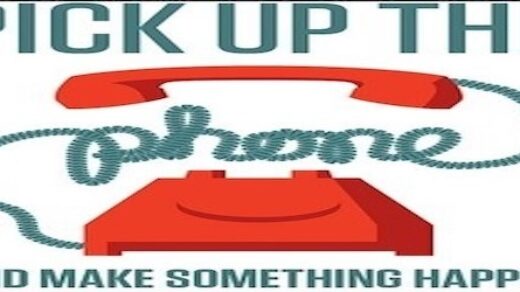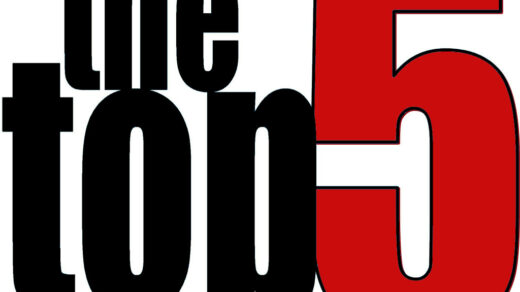
The last two-plus years have certainly been a wild ride. Up here in the Great White North (Canada), we are still on a modified lockdown, with the government urging folks to work from home and stay put. This has had a deleterious effect on many businesses, and charities are not immune. Many charities had to dip into their reserves to keep afloat. Many more charities didn’t even have reserves — they have been focusing on survival and are financially in peril.
There has been some discussion (before COVID) about the level of reserves that any organization should carry. The common consensus is three to six months’ worth of operating costs. Too little and the financial future of the organization is in jeopardy. Too much, and donors may object to money not being used for your mission.
Policies
Boards have a fiduciary obligation to maintain the financial well-being of the organization they serve. Any charity will have dozens (if not hundreds) of policies and procedures. A reserve fund is another policy that needs inclusion and revisiting every few years for a potential update. This concept is always a tenacious issue and the reserves are often seen as the lightning rod for those who think that the operational costs of running a charity should be zero.
Funding Reserves
There are a many different ways to add funds for this tool. Some might include:
- Directing board donations to the reserve fund
- Including a contribution to the reserves in the budget planning process
- Realizing operational savings, like:
- operational efficiencies (i.e., you didn’t spend as much on XYZ as you had budgeted)
- staff vacancies (i.e., you saved three months of salary while you were looking to replace Jane)
- Counting bequests (unless designated)
- Using endowments that fall outside of the 10-year rule (with the donors’ permission, where appropriate)
- If you are a Foundation, you may implement a “reserve levy” as an administration expense to the accounts — though in theory, as a Foundation you have access to the principal of the gift after the 10-year rule has lapsed
Accessing Reserves
This is why a policy is so darned important. Organizations should not go into the reserves and “raid the cookie jar” willy-nilly. That is indeed the last line of defense. Once you exhaust the reserves exhausted, there (theoretically) shouldn’t be any more money to access. Some questions that you may wish to ask include:
- How much of the reserves can we access?
- Can we use it for salaries? Programming? Severance? Liabilities and creditors?
- And, most importantly, what is the plan to replenish the reserves once they are exhausted?
I once knew of an organization contemplating filing for CCAA (Companies’ Creditors Arrangement Act — the Canadian version of Chapter 11 — the last ditch effort to restructure). But to enter into CCAA, there must be a certain amount of funds available (for the lawyers, the court-appointed monitor, etc.) This particular organization didn’t have enough money to file for CCAA. It is like being too poor for welfare. While this system makes little pragmatic sense, it does, however, underscore the need to have reserves set aside.
Conclusion
Reserves are tricky and should not be confused with special projects that the board approves. Reserves are the last line of defense in a situation that was unplanned. Decades ago, I helped run a capital campaign for a church that burned down in a fire. There was insurance, but the gap between the policy coverage and what was needed to rebuild was substantial. The church used its reserves to engage me in an unprecedented capital campaign (which then surpassed the goal and replenished the reserves). You should think of reserves like Kenny Rogers’ song The Gambler, which said, “you gotta know when to hold ’em, know when to fold ’em.”
Until next week
L’chaim,
jack




